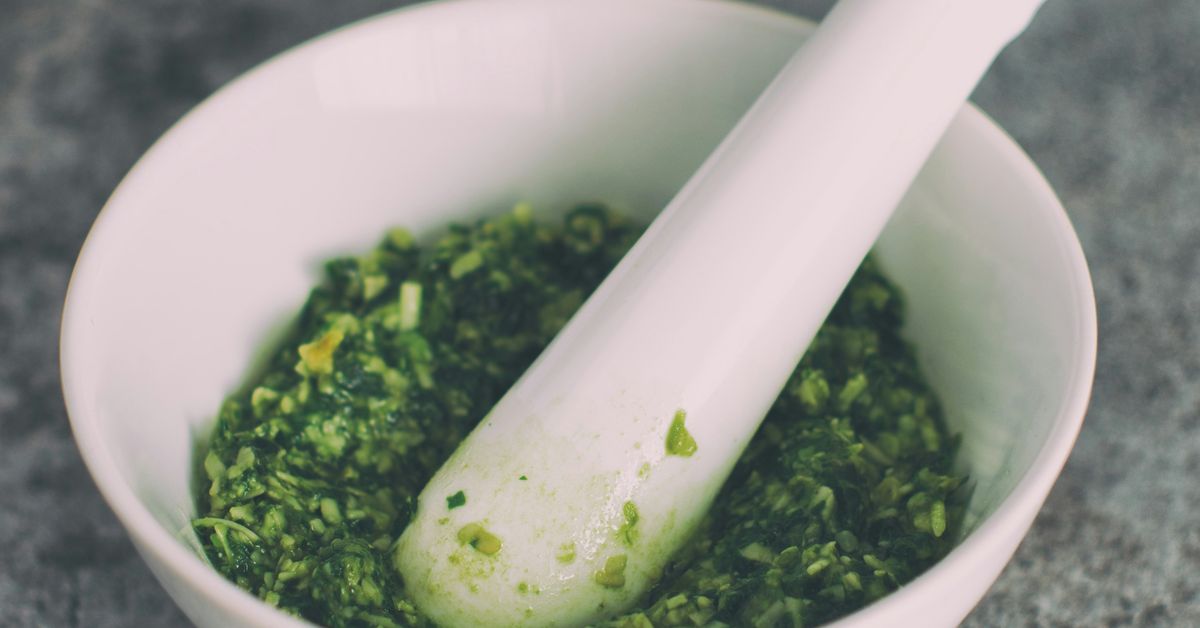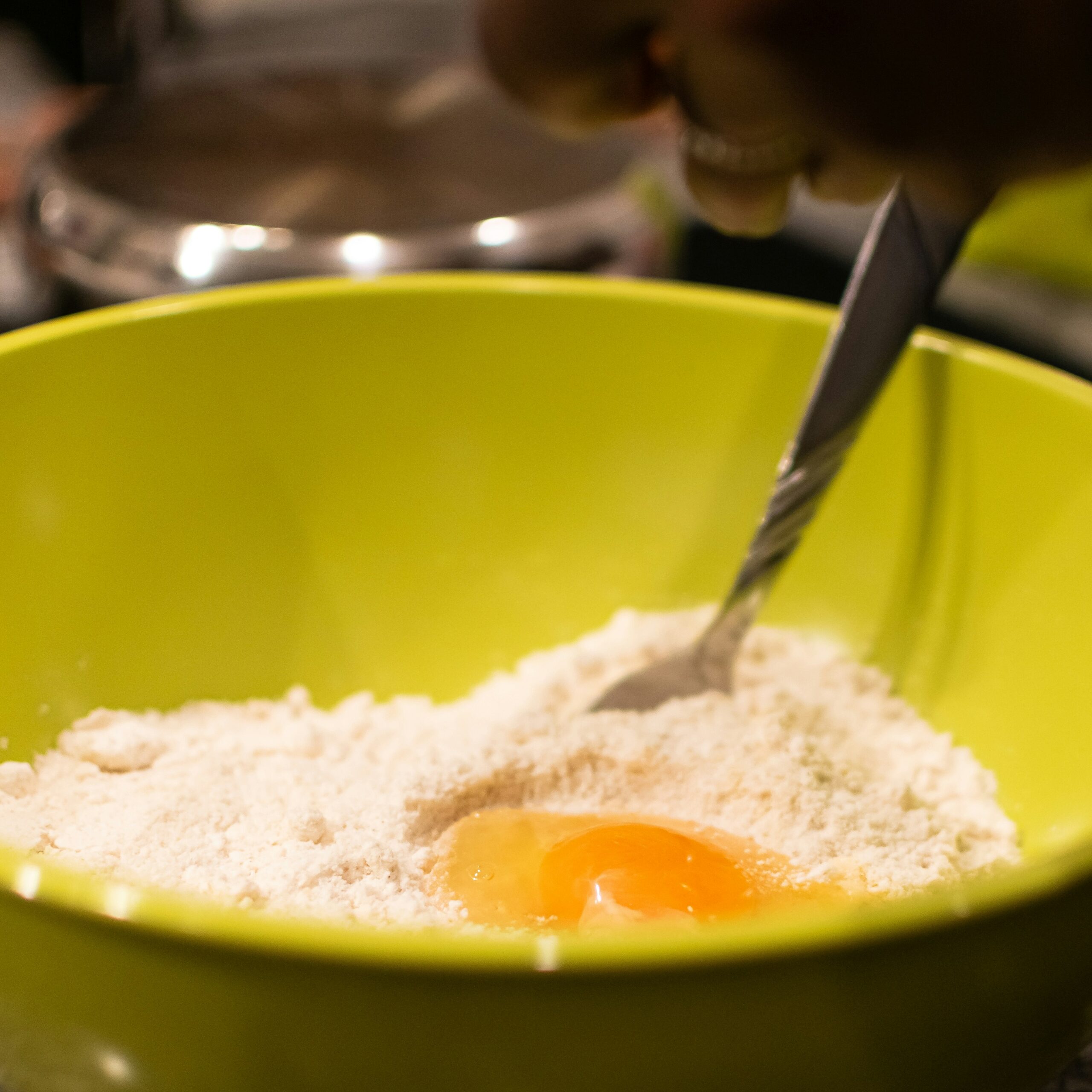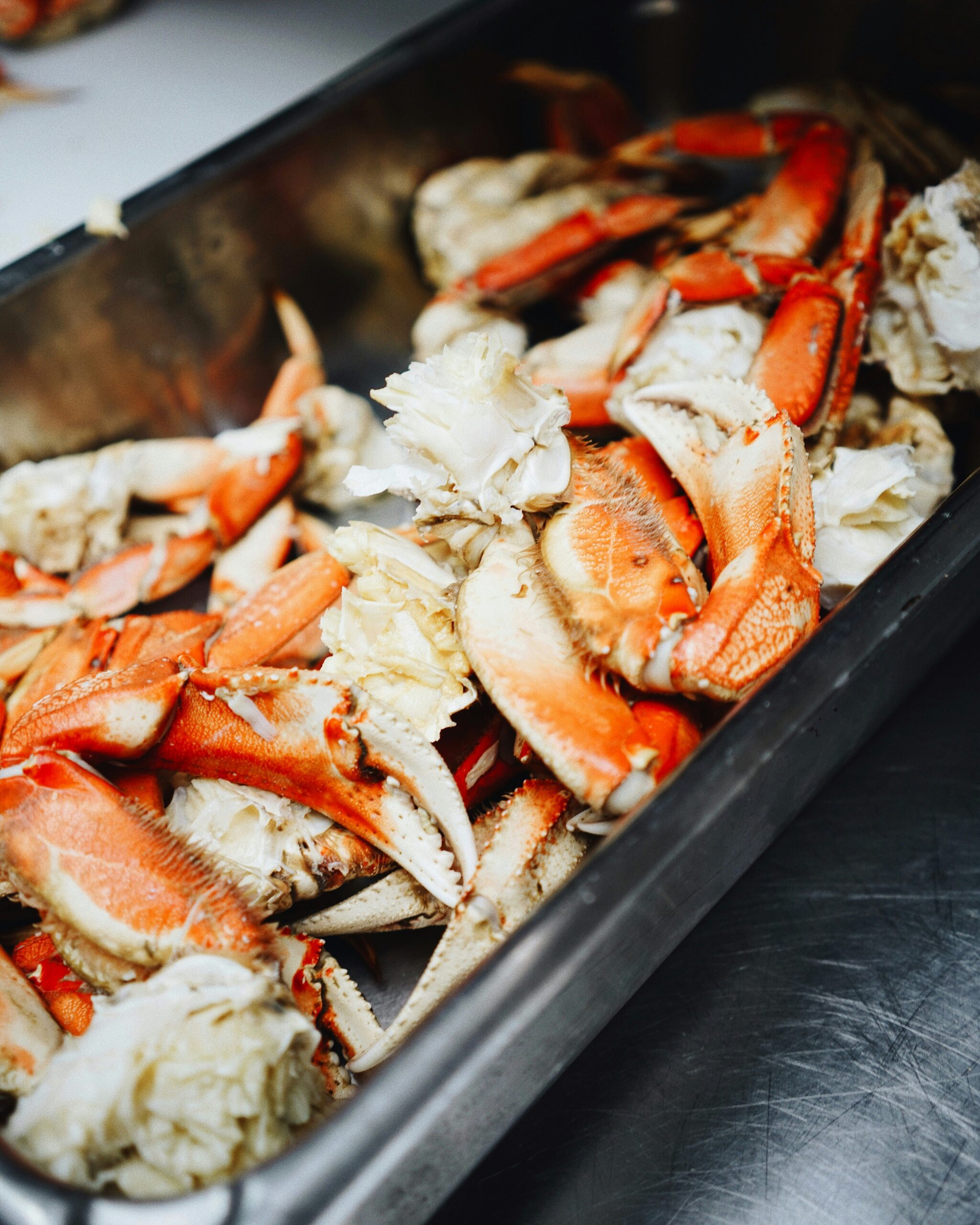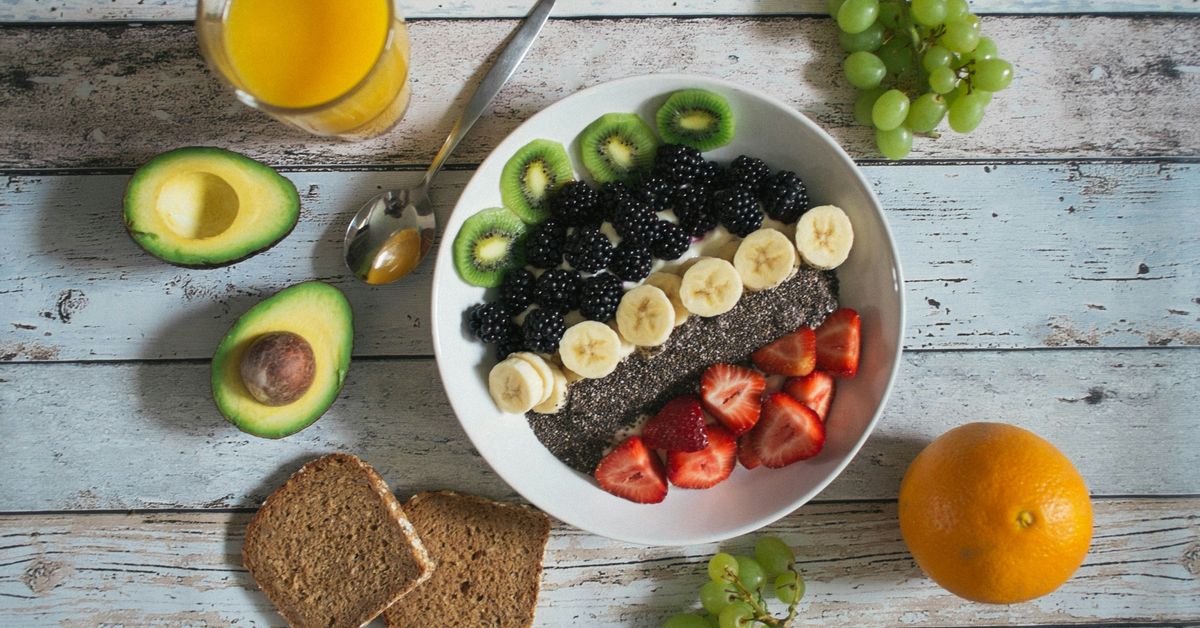Master the Art of Cooking: 5 Expert Techniques to Elevate Any Dish
Cooking, to many, is more than just a necessary chore; it’s an art form, a delightful dance between creativity and technique. Whether you’re a seasoned chef or a home cook just trying to get through the week’s dinner plans, elevating your dishes can feel like a daunting task. But fear not! With some expert techniques under your belt, you can transform even the simplest meals into culinary masterpieces. It strikes me that the best cooks don’t just follow recipes; they understand the heart of cooking. So, let’s dive into five essential techniques that can elevate any dish, shall we?
1. Master the Maillard Reaction
Ah, the Maillard reaction. It sounds fancy, right? But in essence, it’s just a scientific term for the browning that occurs when proteins and sugars in food are heated. This glorious process creates complex flavors and aromas, elevating the taste profile of your meals significantly. I remember the first time I truly understood the impact of this reaction—it was during a cooking class, and my instructor insisted we sear the meat before braising it. The difference was night and day.
To harness the power of the Maillard reaction, keep these tips in mind:
- Temperature is Key: Ensure your pan is hot enough before adding food. A sizzling sound when food hits the pan is what you’re after.
- Don’t Crowd the Pan: Giving each piece enough space allows for better browning. If you throw too much in there, they’ll steam instead of sear.
- Use the Right Fats: Oils with higher smoke points (like canola or grapeseed) are ideal for searing. Butter? Save that for finishing!
Next time you’re cooking steak, chicken, or even veggies, remember the golden rule: brown it before you braise it. The depth of flavor gained from this technique is truly unparalleled.
2. Embrace the Art of Seasoning
Seasoning is the unsung hero of cooking. It’s amazing how a pinch of salt or a dash of pepper can transform a bland dish. But it’s not just about salt and pepper—oh no! There’s a whole world of spices and herbs that can elevate your cooking to new heights. I once had a friend who was terrified of seasoning, convinced that her dishes would somehow explode with too much spice. But really, it’s all about balance.
Here are some expert tips for mastering seasoning:
- Layer Your Flavors: Start with a base of aromatics (think onions, garlic, or ginger). Season at various stages of cooking to build complexity.
- Know Your Ingredients: Some ingredients are naturally salty (like soy sauce), so be cautious when adding more salt.
- Taste as You Go: This might sound like a no-brainer, but it’s crucial. Your palate is your best guide.
Experiment with herbs and spices until you find combinations that resonate with you. And trust me—once you find your signature blend, you’ll never look back.
3. The Magic of Knife Skills
Knife skills may not seem like a technique that could elevate a dish, but let me tell you, they are essential! The way you cut your ingredients affects not only the dish’s aesthetics but also its cooking time and how flavors meld together. I’ll never forget my first attempt at mise en place—everything chopped and ready to go. It felt like I was in a cooking show, and it was exhilarating!
Here are some knife skills to practice:
- Chop, Dice, and Mince: Each technique has its purpose. Dicing onions for a stew requires different precision than mincing garlic for a sauce.
- Uniform Cuts: Strive for consistent sizes to ensure even cooking. If you’re sautéing veggies, they all need to hit the heat at the same time!
- Keep Your Knife Sharp: A dull knife is more dangerous than a sharp one. A sharp blade makes cleaner cuts and requires less force.
Practice makes perfect, and the more comfortable you become with your knife, the more confident you’ll feel in the kitchen. Plus, your friends will be impressed by your impressive julienne!
4. Understanding Cooking Techniques
When it comes to cooking, knowing various techniques can give you a significant edge. Whether you’re roasting, braising, sautéing, or grilling, each method imparts different flavors and textures to your food. My culinary journey took a delightful turn when I finally understood the difference between dry and moist heat cooking. There’s a world of flavor just waiting to be unlocked!
Let’s break down a few common techniques:
- Roasting: Perfect for locking in flavors. It’s great for meats and vegetables alike. The key is to use high heat to caramelize the exterior.
- Braising: This technique combines both dry and moist heat. Start by searing the meat, then slowly cook it in liquid until tender. Think pot roast!
- Sautéing: A quick method that involves cooking food in a small amount of fat over high heat. Great for veggies and proteins.
Understanding which technique to use when (and why) will not only save you time but will also help you create dishes that are bursting with flavor. Keep that repertoire of techniques fresh; you never know when you’ll need to whip out a sous-vide or a confit!
5. Plating and Presentation
Ah, the final touch—the art of plating! It’s often overlooked, but presentation can turn an average meal into something extraordinary. You know what they say: we eat with our eyes first. I fondly recall a dinner party where I spent hours perfecting the plating of my dishes, and the compliments I received were worth every minute. (Pro tip: a sprinkle of fresh herbs can hide a multitude of sins!)
Here are some pointers to elevate your plating game:
- Choose the Right Plate: The size and color of your plate can influence how the food looks. White plates are classic for a reason—they allow the colors of your food to pop.
- Height Matters: Don’t just spread everything flat. Layering or stacking ingredients can create visual interest.
- Garnish Wisely: Fresh herbs, microgreens, or a drizzle of sauce can add that finishing touch. Just remember not to overdo it!
As you plate, think about the balance of colors and shapes. A well-plated dish will encourage your guests to dig in—and maybe even snap a photo or two before they do!
Conclusion
Cooking is indeed an art, and like any art form, it takes practice, patience, and a willingness to learn. By mastering these five techniques—the Maillard reaction, seasoning, knife skills, understanding cooking techniques, and plating—you will undoubtedly elevate your culinary creations. And let’s face it: there’s something profoundly satisfying about serving a dish that not only tastes amazing but looks beautiful too.
So, whether you’re whipping up a weeknight dinner or preparing for a special occasion, remember that each cooking session is an opportunity to learn and grow. Embrace the process, and don’t fear a little experimentation. Who knows? You might just stumble upon your next signature dish. Happy cooking!




